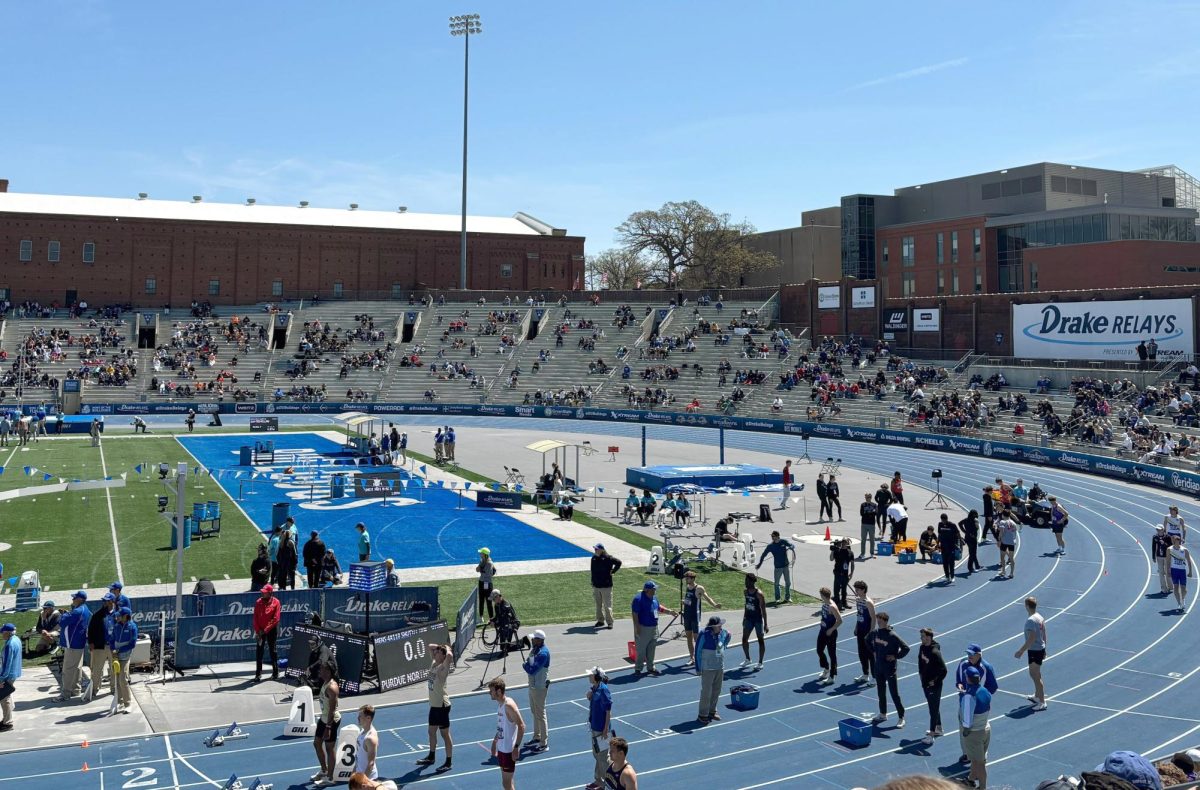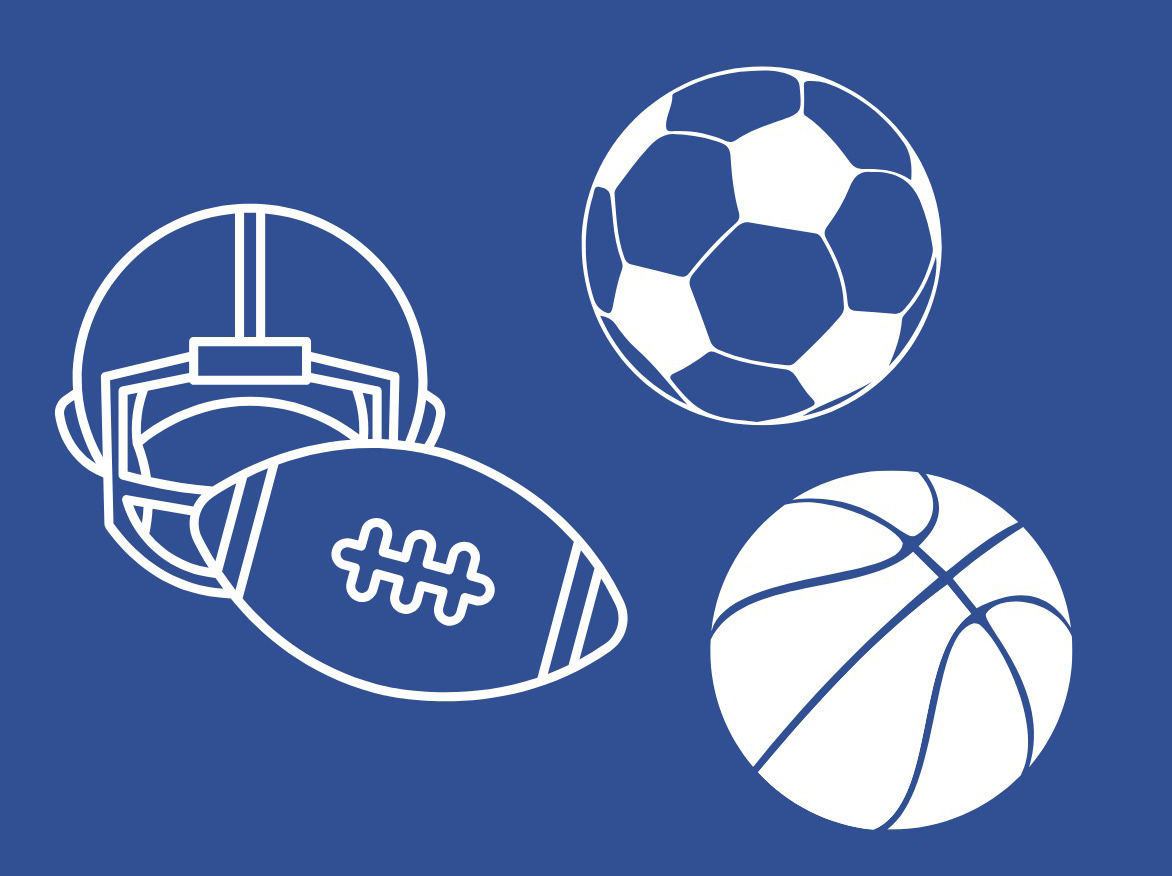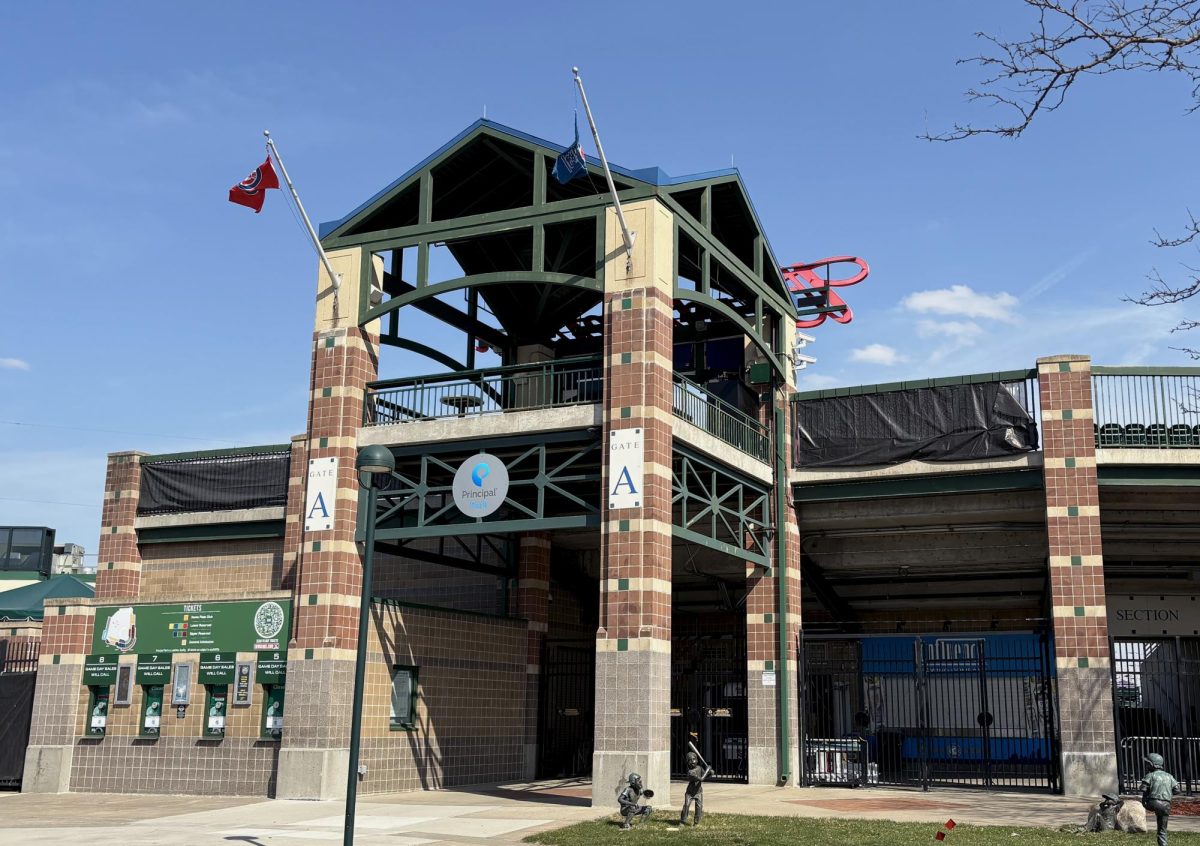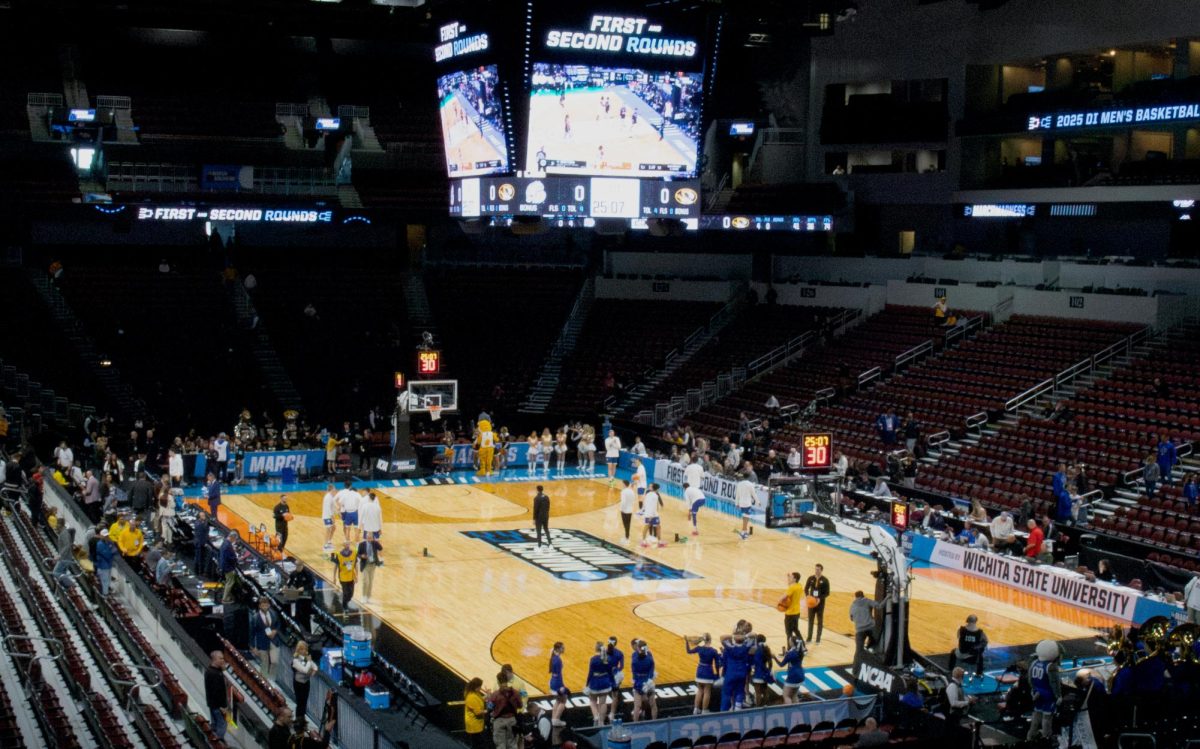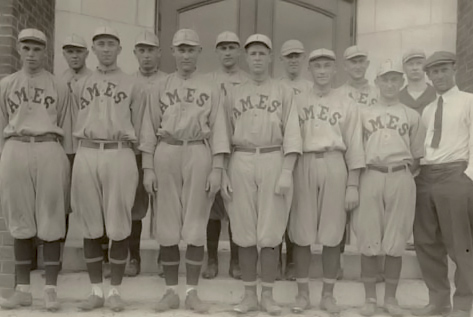Column by Joanie Barry
Barry is a junior radio-television and secondary education double major and can be reached at joan.barry@drake.edu
 Floor hockey season began this past week. Floor hockey is a tricky sport for most intramural players. Very few people have actually played floor hockey outside of a high school gym class.
Floor hockey season began this past week. Floor hockey is a tricky sport for most intramural players. Very few people have actually played floor hockey outside of a high school gym class.
Soccer players tend to recognize some similarities between floor hockey rules and soccer rules — that is, until they try to kick the ball. Despite the lack of ice, the occasional ice hockey players try to check someone over the boards.
As the intramural Times-Delphic liaison, I am more than happy to clarify some of the finer points of floor hockey. These are the easiest and most common penalties to commit in floor hockey.
Kicking is not allowed. It seems like such a simple rule. Almost every other intramural sport, besides soccer, has a rule against kicking the ball. Unfortunately, it is a natural reaction for most athletes to kick a ball that is by their feet. Especially, when they do not know how to control their stick. That penalty is an indirect shot.
High sticking is the easiest call to make. It becomes even easier when a player flips the stick above his or her head to get around another player. It is common to see two players battling for a ball against the boards. Most people will automatically flip the stick over the heads of other players to get around them quickly. That is a high stick call. Most people think high sticking can only be called while a player is taking a shot.
However, the point of the high stick call is to avoid injuring other players. If a player gets hit in the head while someone is flipping his or her stick, that is a problem. The penalty for high sticking is either an indirect shot or a two-minute penalty depending on the location of the penalty. If the high stick penalty occurs away from people, then the resulting penalty is an indirect shot. If the high stick penalty occurs while others are close by then it becomes a two-minute penalty.
Lifting is another important call to explain to new floor hockey players. Typically after players start to get used to using their sticks, players start to get more aggressive with their stick handling. Lifting is when a player uses their stick to lift their opponent’s stick to get a better advantage on the ball. The penalty is an indirect shot.
The most important thing about floor hockey is to not confuse it for another sport. Floor hockey is not broomball, ice hockey or soccer. Just because a player can flip his or her stick over his or her head in ice hockey does not mean that is allowed in floor hockey. Just because there are indirect shots and a running clock does not mean that you can kick the ball like in soccer.
Instead of a rule reminder for this week here is a helpful hint for floor hockey. Stop trying to argue with the officials because odds are, when it comes to floor hockey, you are wrong. Feel free to ask as many questions as you want, though. We only ask that you use your inside voice.

